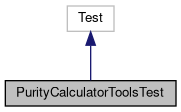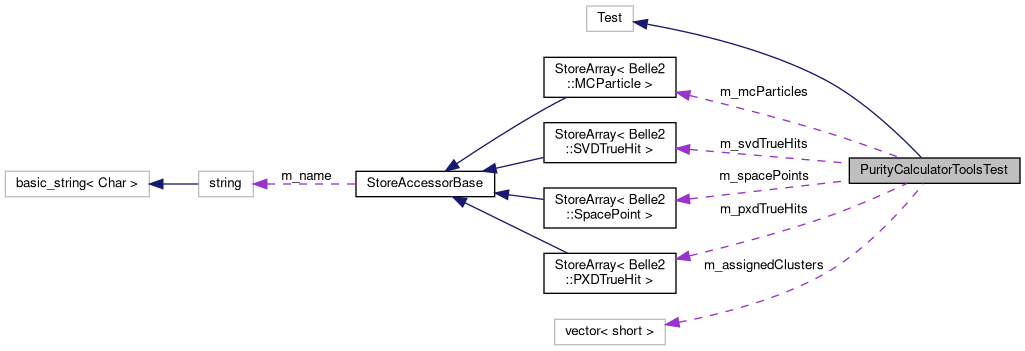 |
Belle II Software
release-08-01-10
|
 |
Belle II Software
release-08-01-10
|
class for testing the purity calculator tools (i.e. More...


Protected Member Functions | |
| virtual void | SetUp () |
| set up the mockup that is needed by the tests More... | |
| virtual void | TearDown () |
| tear down environment after test -> clear datastore | |
Protected Attributes | |
| StoreArray< Belle2::PXDTrueHit > | m_pxdTrueHits |
| some PXDTrueHits for testing | |
| StoreArray< Belle2::SVDTrueHit > | m_svdTrueHits |
| some SVDTrueHits for testing | |
| StoreArray< Belle2::SpacePoint > | m_spacePoints |
| some SpacePoints for testing | |
| StoreArray< Belle2::MCParticle > | m_mcParticles |
| some MCParticles for testing | |
| std::vector< short > | m_assignedClusters |
| store the expected number of assigned Clusters in vector to be able to loop over it | |
class for testing the purity calculator tools (i.e.
functions) defined in the spacePointCreation includes
Definition at line 130 of file purityCalculatorTools.cc.
|
inlineprotectedvirtual |
set up the mockup that is needed by the tests
Definition at line 137 of file purityCalculatorTools.cc.